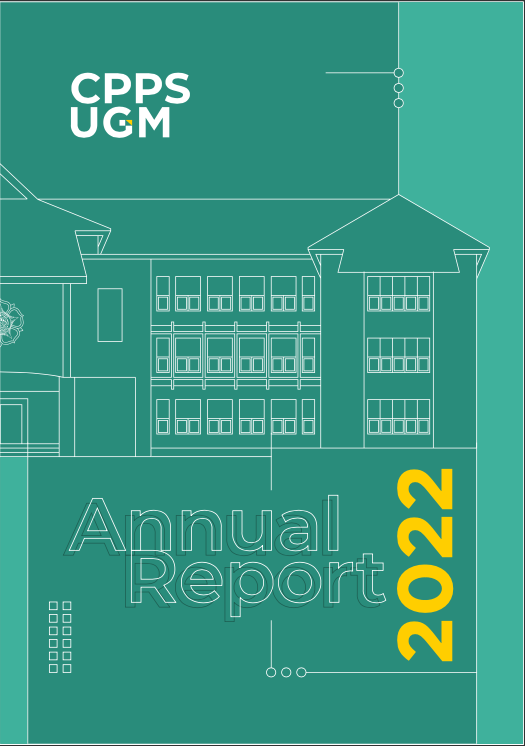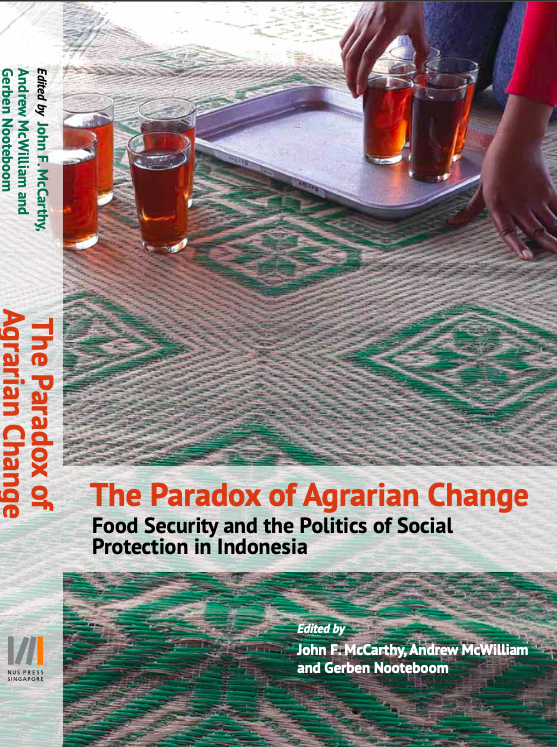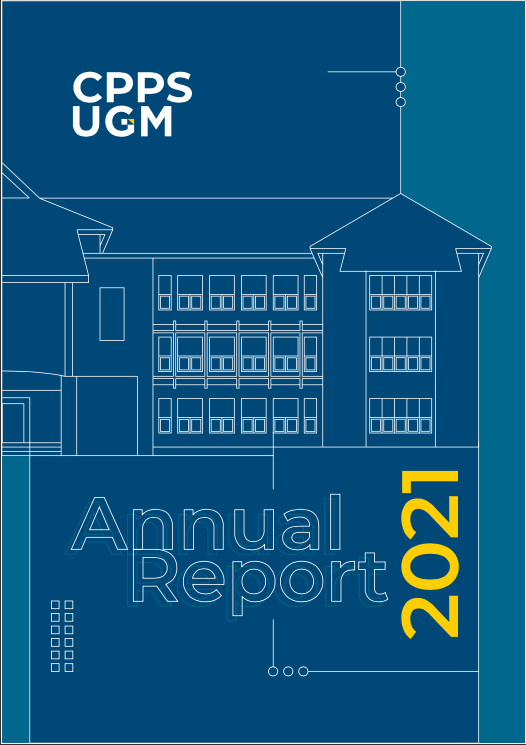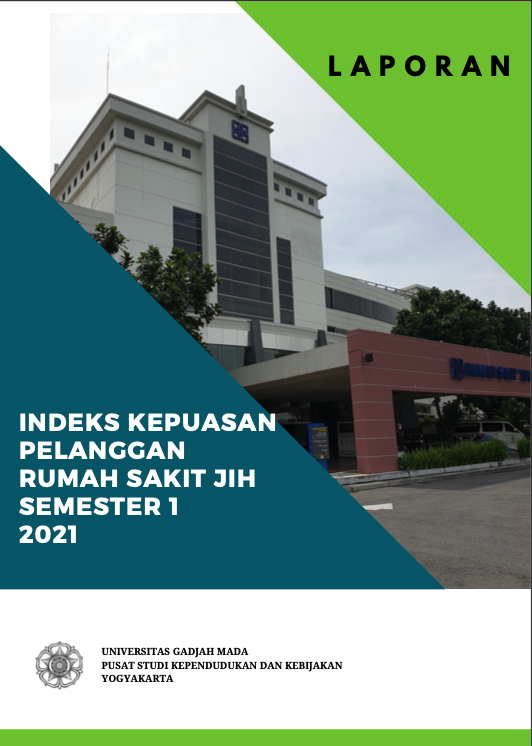The Village Midwife Program and Infant Mortality in Indonesia
|Indonesia introduced over 50,000 midwives in villages across the country in the 1990s to provide primary care to women without easy access to health facilities. Using the Indonesian Family Life Survey (IFLS), this paper describes the trends in the use of birth services and facilities in Indonesia and estimates the impact of the village midwife program on infant mortality. Since women choose the type of assistance during delivery and where they give birth, regressing mortality outcomes against the choice of services will lead to biased estimates due to the correlation between the choice of services and unobserved characteristics of the women.
Furthermore, the village midwife program targeted villages lacking health facilities and such nonrandom placement of the program can bias the estimates of its impact on infant mortality. In order to overcome the problem of endogeneity associated with selective placement of midwives, mortality outcomes and program prevalence are aggregated at the district level and the program effect is estimated taking district fixed effects. The results suggest that the program is associated with a reduction in neonatal mortality, but not with post-neonatal mortality. However, the inclusion of time-specific effects into the analysis removes the effect of the program on neonatal mortality.
*Klik untuk mengunduh makalah: Seminar Bulanan S.362 – Ranjan Shrestha | 13 Agustus 2009





